-
Posts
19,732 -
Joined
-
Days Won
1,566
Content Type
Forums
Detector Prospector Home
Detector Database
Downloads
Posts posted by Steve Herschbach
-
-
Heck Carl, just to know you are reading it warms my little heart! No doubt some of my speculations are off base, and for that I apologize. The problem from the consumer standpoint however is perception is reality when all we can do it guess at what is really going on. Hope all is well in your world, and I am determined to finally get to meet you some time this year. Hopefully sooner than later.
-
Hi Reg,
I agree the ATX misses targets also. Don't they all? Having said that though I wish you would get your hands on one. Garrett has built a very, very good circuit. Superior to the TDI in my opinion. Too bad about the weight though - I know you would hate that.
As you know I was a leading user and promoter of the TDI as I have always wanted serious competition on all fronts. I am frustrated that White's chose to ignore many people like you for so long and the wishes of loyal users like myself. The waterproof TDI has to have been one of the most requested detectors never delivered on by a manufacturer. Their weird politics with Kellyco resulted in them only selling across the counter in an effort to eliminate mail order/internet sales, which in my opinion only backfired by making the product hard to get. And Jimmy having to produce name brand stuff only his dealers can sell? It is all surreal and has all hurt the TDI. Maybe things are desperate enough they will finally listen to you. We can only hope.
In the meantime I gave up and let my TDI go. I do not even bother trying to offer suggestions to White's these days. Minelab marches to their own drum. I keep trying to prod First Texas and Garrett though once or twice a year. I know that from a genuine sales perspective they have more important stuff to pay attention to but a guy has to try.
-
Thanks for pointing that out. There has been a lot of talk on the Aussie forums relating back to information leaked earlier that implied the coil was a DD coil, and it is treated as common knowledge on those forums. Reality is there is no official information yet released that indicates exactly what the coil is and so I have deleted that blurb. I do not want to spread unverified information. I have no idea what coils will be available at the time of release.
Plenty of rumors at the Australian Gold Detecting & Prospecting Forum I read them with as much interest as anybody but am sticking with officially released Minelab information here as anything can change right up to the last second. The only real official information at this time is exactly what appears in the ad above and whatever you want to read into it.
One guy on the Aussie forums makes a good point though. Since this is being advertised as new technology, what we think we know about coils may or may not even apply.
-
Hi Rick,
Maybe I am just totally nuts. I think there is a huge hole just waiting to be filled in the $1000 - $2000 range for a good performing PI in a reasonable housing. The only real player in that space is White's but they have shot themselves in the foot sixteen different ways with the TDI SL and SPP with their weird convoluted sales channels. That and the unit not really having much horsepower. It really does not outperform a good VLF in all metal mode in most situations and so needs ground so bad as to seriously impede the VLF to look any good in comparison. The SPP did get some traction in Australia which is impressive since it is a model that White's wants kept secret from consumers.
Garrett has the near perfect circuit in the ATX. Is it that a custom housing would in their estimation not be worth the investment? That it would undermine ATX sales? Like you I think a Garrett LTX is a bit of a no-brainer for the African market.
Fisher is the wild card but as slow as things are moving maybe our best bet is now Nokta/Makro?
Or maybe I am just trapped in my own bubble thinking there is a market for this detector and Fisher/Garrett etc. know better. I will just keep waiting and will be the defacto poster boy for the company that first makes a ground balancing PI that performs as well as an ATX in a balanced 4 lb package for $1500 - $1999 out the door. It is not all about sheer performance for me. I just need good enough in a properly designed ergonomic package.
-
I am sure glad you got over one also! Congratulations!!
-
It was the end of June and since I was camping out there was only so much I could get done with my satellite phone. I went and saw the owners of the claims on upper Jack Wade Creek and cut a percentage deal with them for detecting on their claims. Then I loaded up my camp and hit the road for Anchorage on July 1st. The house was still on the market and I had access so I put a cot in a room and spent a couple days checking with the realtors, paying bills, and getting a few supplies. Then back to Chicken on the 4th of July for a quick visit at the annual 4th of July party. My friend George White was there, so we headed in up to Jack Wade and set up camp.
The weather had cooled down a bit which was just fine. There was a huge fire in the Tok area and if the wind was right the smoke could get pretty thick in the area but that also seemed to be getting under control. I took George to a place where I had found a large flake of gold previously and where I thought there had to be more gold. I got this classic double blip signal with the Minelab, the kind nails make when you run over them length-wise. I told myself "nail" but I was in dig it all mode and went ahead and dug it up. Much to my surprise a 3/4 ounce round nugget with a bit of rock in it popped out of the ground! The double blip? There was a piece of steel a couple inches away. Yet another lesson in how trash signals can turn out to be anything but.
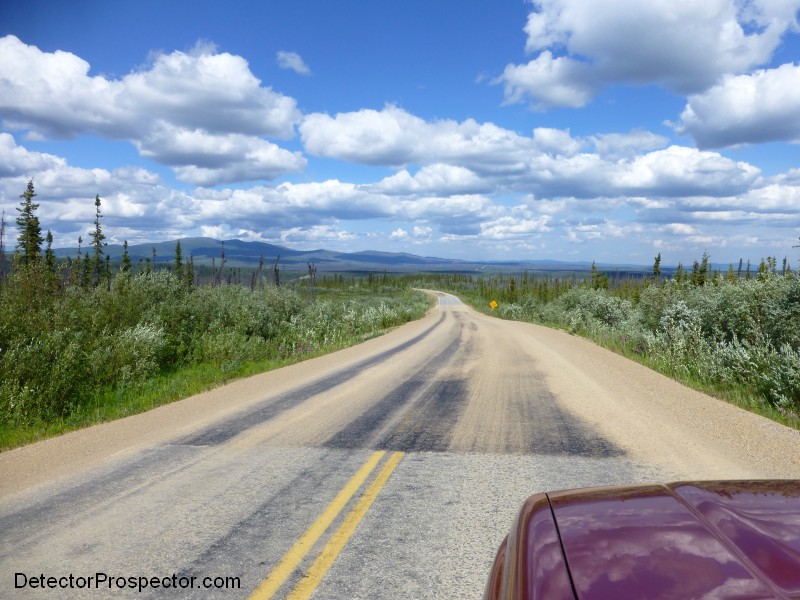
The Long Road To Chicken, Alaska - Taylor Highway on Way From Tok To Chicken
That area seemed to give up at that point so we wandered down the creek hitting different spots. I found a small pile of rubble, not big enough to call a tailing pile. More like a big pile of dirt set aside from digging out a channel. Right on top I get a real nice piece weighing almost a half ounce. There are several types of gold on Jack Wade and this one was a distinctly deeper gold color that the more common lighter colored stuff. And then another nice nugget, about three pennyweight from a little pile of dirt right next to the road. It was one of the days that makes up for the days of finding nothing with 1-1/3 oz in my pocket.
George had wandered off and when I ran into him he pulled out a pill bottle and shook it. It was full of small nuggets, about 1/8 ounce of gold. I was puzzled and asked him if he had brought those with him from town to show me. He said no, he had just dug them all! He had got bored running the Minelab digging nails so grabbed the Gold Bug 2 and hit the bedrock. All those nuggets came out of one little pocket in the bedrock he had found. It was a good day for both of us.
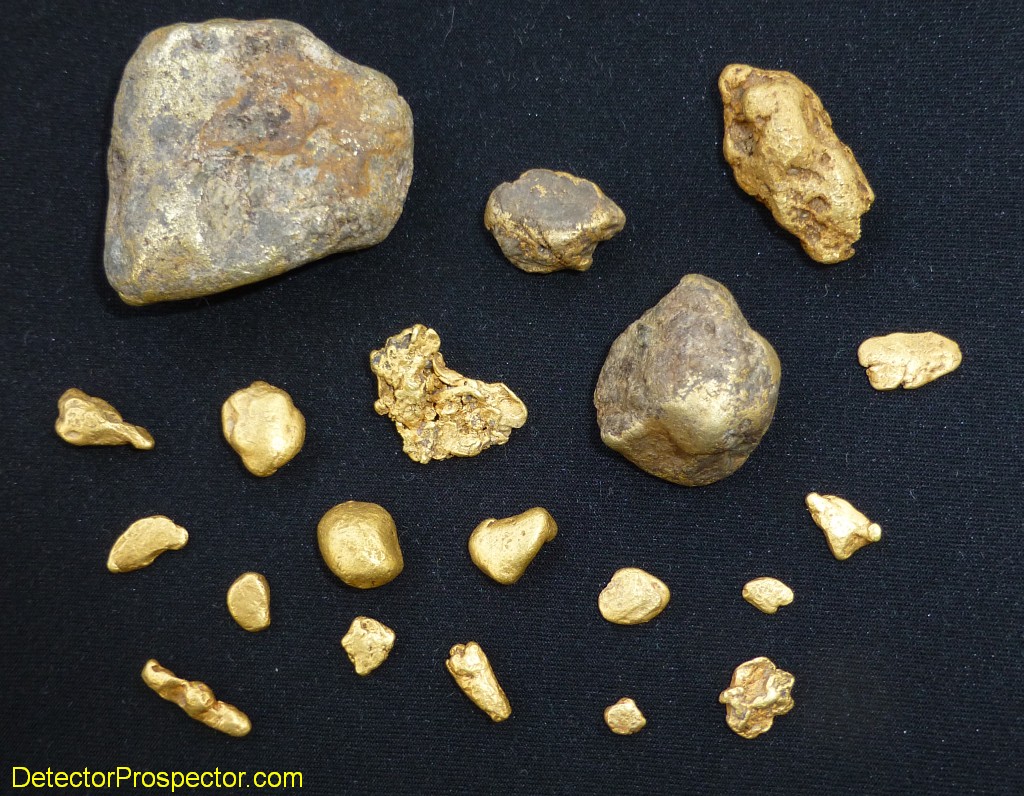
End of Week Three, Almost 5 Ounces of Gold
By the end of the third week I was sneaking up on 5 ounces of gold total. I found out my wife was flying up to Anchorage to finish up some business so on the 13th I headed back to town to see her and take a break.
There were very few people in the area metal detecting but there were various dredging and other operations on the creeks. Here are a few photos of them to finish up this episode. You can see how low water conditions in the area were that summer.
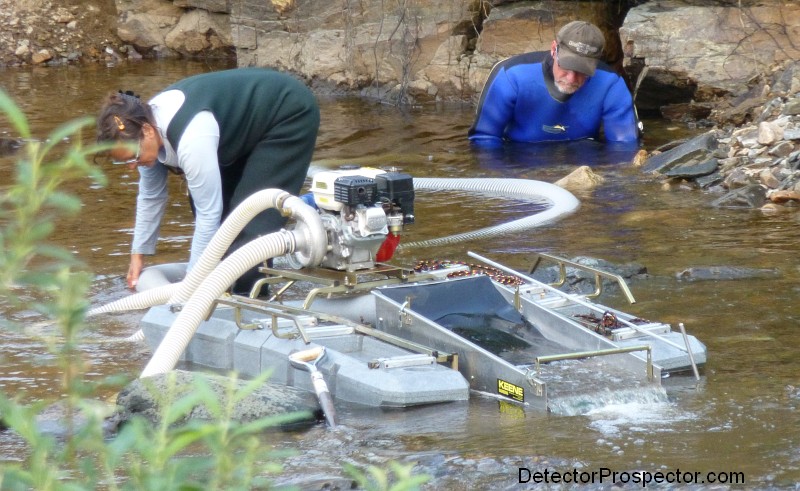
Chris & Bernie Run Their 4" Dredge
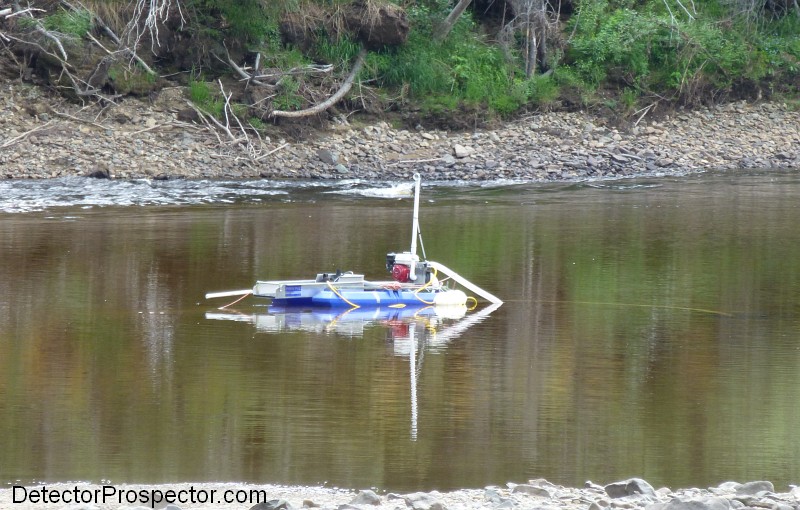
Gold Dredge on the Fortymile River
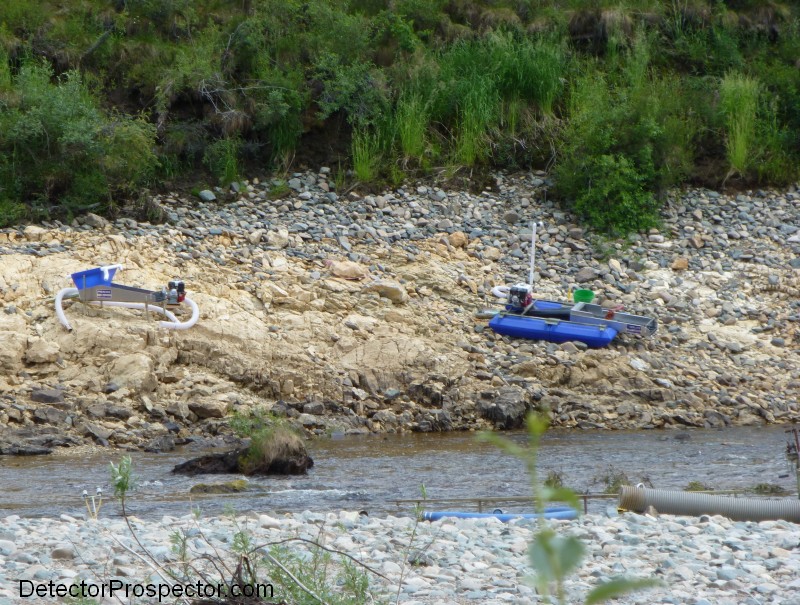
Mining Gear Stashed on Bank of Fortymile River
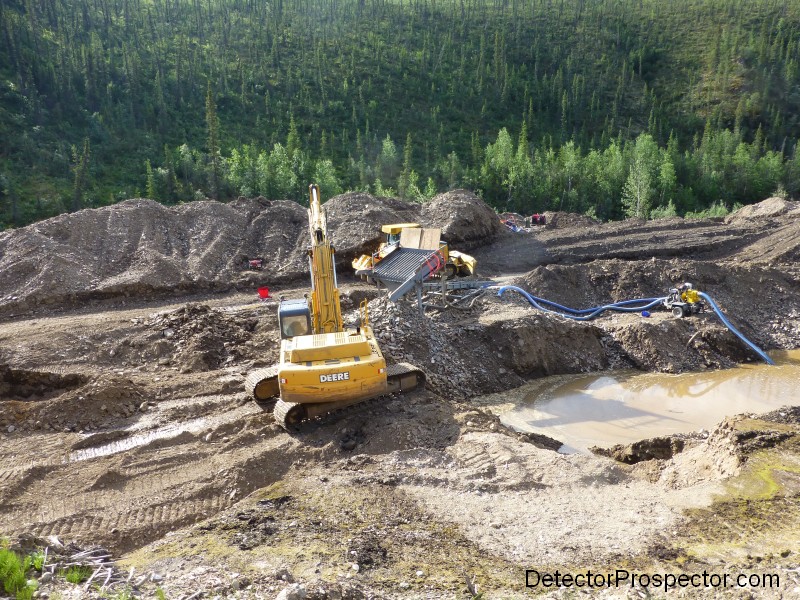
Commercial Operation Next To Road on Jack Wade Creek
-
Great video showing some really great gold!
-
Hilarious! I only ever watched a few episodes of Gold Rush. Not good for my blood pressure I am afraid. I like this a lot better!
-
-
My standard prospecting rig now for many years is the Toyota 4-Runner. True four wheel drive, narrow, goes about anywhere, 21 mpg, and yes, I sleep in it all the time. The passenger seat can fold back down level with the back seat and with a mattress on top makes a decent bed. I bought my last one used with 50,000 miles on it and drove it ten years, sold in great condition at 170,000 and just got a used 2005 with 70K miles for $17,000 and frankly I thought that was too much money! With any luck it will take me the rest of my serious prospecting years.
I am looking around for a little 16' pull behind though I can park and leave as a base camp.As much as a van and the concept of having it all in one rig appeals to me I think a two piece operation suits me best. I can go light and hardcore when needed, or upgrade to a little luxury if I feel like it. In just the last year I went to too many places there is no way a van would have went, just for being too wide.
But that is me. A van sounds like a great idea Tom, and I am sure it would be for a lot of people. Maybe even me one of these days.
-
I have thought a 4WD van would make a nice compromise for prospecting and camping. For that kind of money though I would probably invest in a small house!
Another sign of getting old I guess. I just can't believe what new vehicles cost.
-
Waterproof to control box but keep that box dry!
-
The Gold Bug 2 is interesting in that it probably shows more difference between an air test and an in ground test than any other prospecting detector. The super high frequency is hot on tiny gold but also reacts strongly to ground mineralization. That means small coils work best, because large coils see too much ground. The large Gold Bug 2 coil will of course cover more ground, but in anything other than mild ground can actually give you less depth, not more. However, in very mild ground it can perform well.
The 6" coil almost never leaves my Gold Bug 2. I think of the 10" coil as the big coil. The 14" I generally do not recommend unless you have mild ground. I did use a 14" coil to find a 5 ounce nugget at good depth at Ganes Creek, Alaska. In milder ground the 14" coil will punch deeper on large gold, as show by this chart.
-
All Minelab coils and detectors come with scuff covers. Most brands do not. I know there are people that buy a Minelab who are used to other models who just go ahead and get a scuff cover also. I remember a guy telling me once his scuff cover would not go on the coil, and I had to point out to him it already had a scuff cover on it!
-
Good catch Skip, I did not see that, but the GPZ housing does look longer in the photos at least.
Rick, all we can do is keep on the manufacturers about ergonomics. The problem is so few people that work at detector companies actually go detecting. If you just heft any of the heavy machines they feel just fine. It is after 6 hours it is a different story, and throw rough terrain in there and it just gets worse. We now have so many choices in VLF detectors that there is no reason to swing a heavy VLF. Unfortunately ground balancing PI is another story, with limited options. The prize for best GBPI ergonomics so far goes to the 3.5 lb TDI SL but unfortunately the horsepower is lacking. Having used the TDI SL I can only dream of what the SDC 2300 would be like in a similar housing.
-
The weather in the Fortymile area the summer of 2013 was really hot in June and July. Hot for Alaska anyway running in the 80's and into the 90's, and with the humidity it just gets a bit sweltering out there in the tailing piles. A lot of the stuff I was working was steep and bare sided. Lots of side-hilling with sweat dripping off me.
Jack Wade was dredged with a bucket line on the lower portion, but it was remined later with bulldozers. The upper valley was mined with bulldozers and draglines. There are just all sorts of different tailing piles up and down the creek. In narrow portions of the valley tailings are stacked and pushed high up against the valley wall. Here is a shot looking down from on top of one, with the creek below. The creek is running very low due to hot, dry weather.
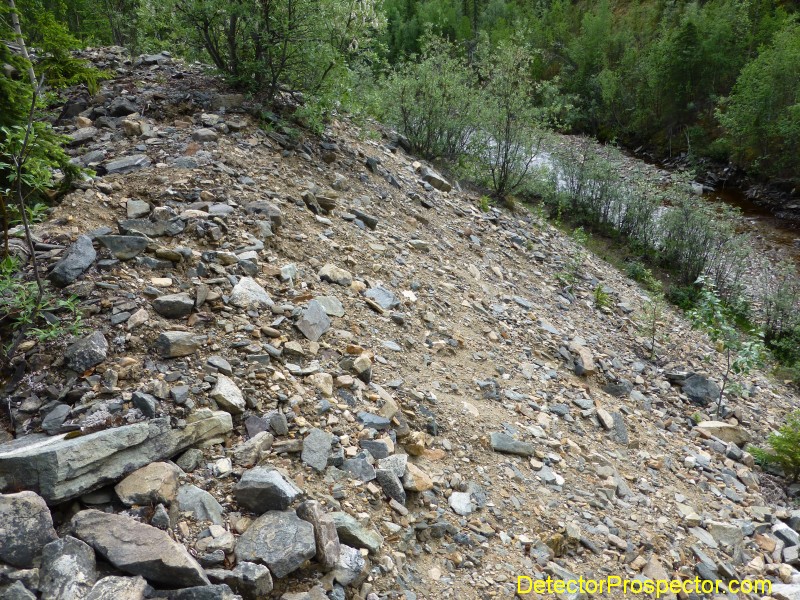
Working the piles can be a lot of work, with the steep sides and loose rubble. Here is Bernie working a pile with a Minelab X-Terra 705. The ground is not all that mineralized really and there is a lot of trash, so a good VLF can actually be pretty effective on Jack Wade.
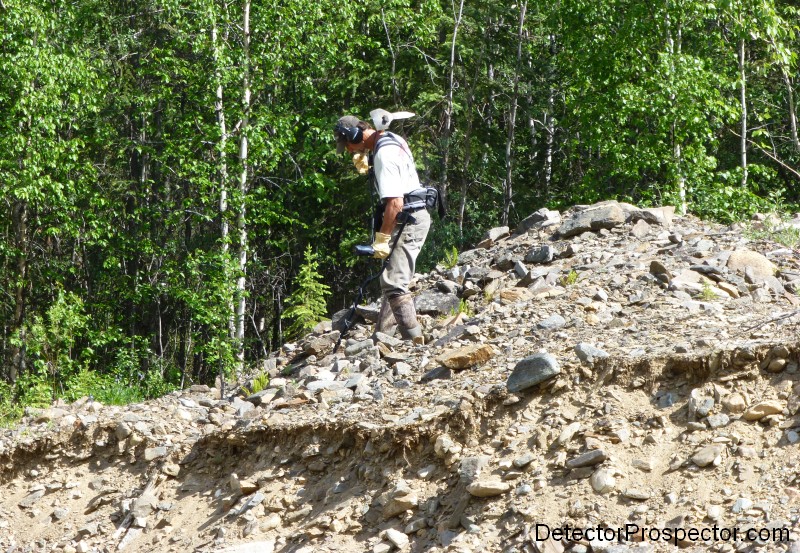
The piles in the wider portions of the valley are piled up but can also be pushed into huge relatively flat areas. Here is one long pile I worked pretty hard a couple times. I got a number of nice half to couple gram pieces out of it. These piles are large and it can take a couple days just to work something like this halfway well.
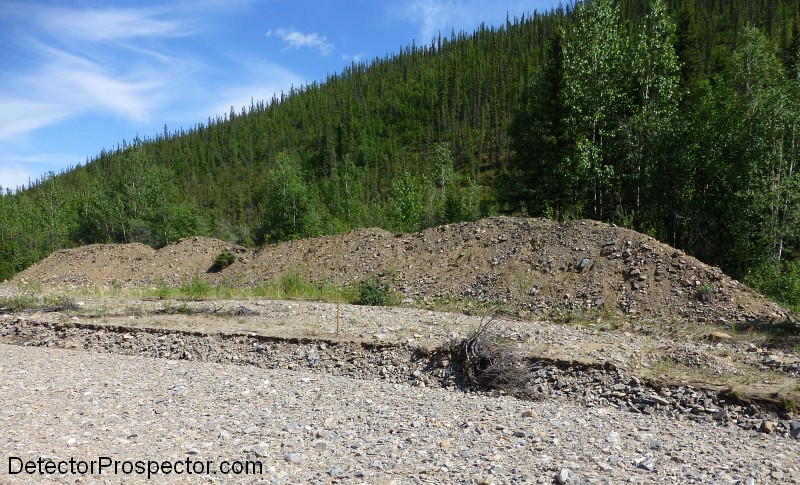
Since I was in this for the long run my days varied a lot. There is pretty much more daylight than a person can stand, so some days I might work in the morning, take a break for lunch, work the afternoon, break for a quick meal, then work a few more hours in the evening. Other days it was just so hot I might take a break mid-day and pick up again later when it cooled down. Or just quit early. Afternoon thunderstorms were common. This second week was lots of hours and not a lot of gold showing up. I try to average a couple grams a days and I was just barely doing that. Here is my journal entry from June 27, a particularly hot, muggy day:
"Hunted Bernie's Pile for four hours with Minelab, dug tons of targets, sweat pouring. Muggy and a fire someplace making smoke in the air. Shot the BS with Bernie at lunch, it rained a bit. Then hunted two hours on Steve's Hill with 18" mono. Got a few deep nails and a can so felt good about that, but no gold. Lots of interference in the afternoon, no gold. Quit early and took a dip on the creek. Brrrr!! ice cold but felt good! Ray from California came over when I got back to camp, had me sign a copy of ICMJ article I did for his buddy Ron"
We end up naming various tailing piles, often after the first person to find gold on them, or some location based name. It helps as you talk about stuff "oh, yeah, I was hunting Dead Caribou pile and found a nugget" is a typical comment. Steve's Pile was one I had found gold on with a smaller Minelab coil and rehunted with the larger coil. My comment about feeling good about finding nails and a can is not sarcasm. I was happy it was coming up with targets missed previously. Any one could have been a nugget. You do not like digging junk, this is not the game to be in.
Ray was a guy up from California I met in the campground. He was there by himself, then met up with some buddies who drove up, and then alone again after they left. Nice guy, hard working, mostly shovel work though. He was getting decent but not great gold considering how hard he was working, but I think he was having a good time just being in Alaska.
Here is an example of a more typical flatter type tailing area seen in wider portions of the creek.
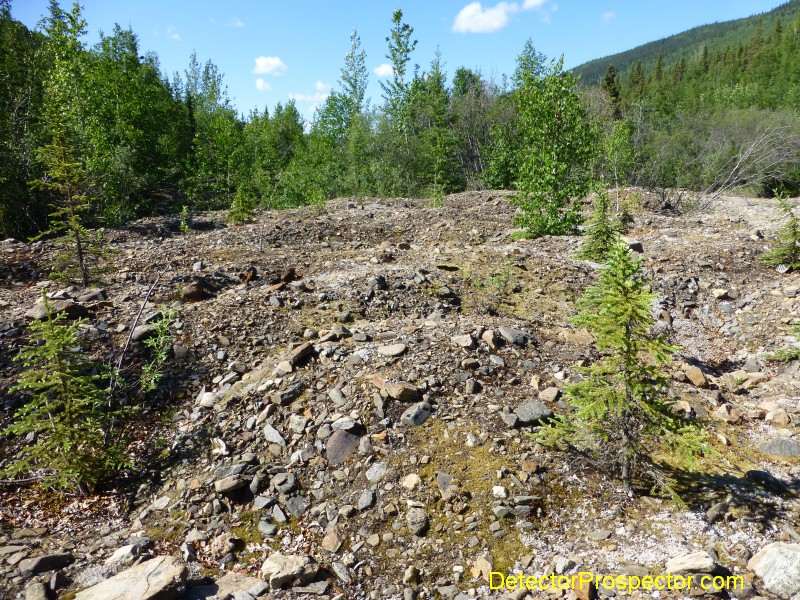
Here I am below in my typical get up, though this summer saw a lot of days with me in a t-shirt. Note the lack of head net. The hot dry conditions meant minimal bugs, a real treat in Alaska. I am packing a little snub nosed .44 here but ditched it for most of the trip when it became apparent bears were few and far between in the area. There was a lot of caribou kill around from hunters the previous fall and I would get nervous stumbling on the carcass but everything was long since picked over. Never did see a bear there all summer though they were there. Some scat here and a track there made that evident.
I was running a Minelab GPX 5000 with a Nugget Finder 14" x 7" mono that JP gave me when I was in Australia. Just loved that little coil, great for working in the bushes and rubble. Then I would use another JP gift, the Nugget Finder 18" mono now and then if I thought an area worth the effort of digging deep junk. The pick is a Walco pick that I put a hickory sledge hammer handle on, very handy as a walking stick on those steep hillsides.
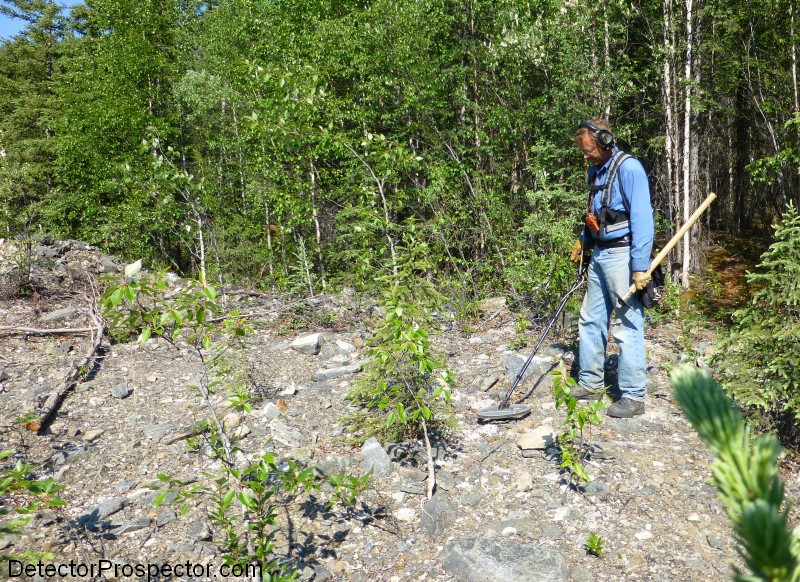
Here are a couple typical nugget finds from week 2. The little round slug is a classic Jack Wade nugget, gold from ancient high river deposits already well rounded before Jack Wade cut the old channels and rolled them around some more. Who knows where the source is, probably long since eroded away.
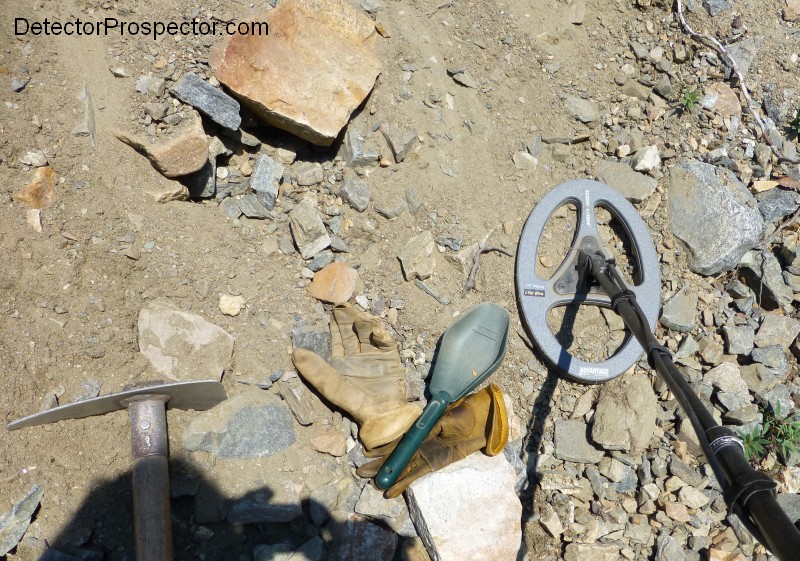
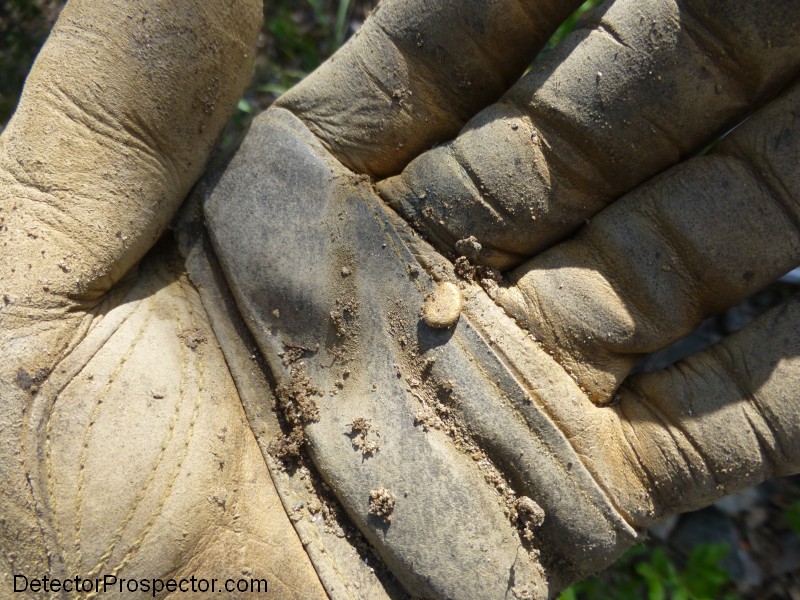
The whole time I was prospecting my house was for sale in Anchorage. I had my satellite phone and would call my wife every day in case the realtor had called her. We had one deal early on that fell through, and now I found out a second deal had come apart. The market in Anchorage was hot and our realtor was certain no problem selling the place but it was still kind of hanging over me the whole time. The second week wrapped up with only smaller nuggets found, but total was now up to 3.37 ounces in two weeks. I was still basking in the glow of the big nugget found the previous week and really just enjoying myself at this point. Here is a different bit of Alaska gold to finish up the second installment of this tale.
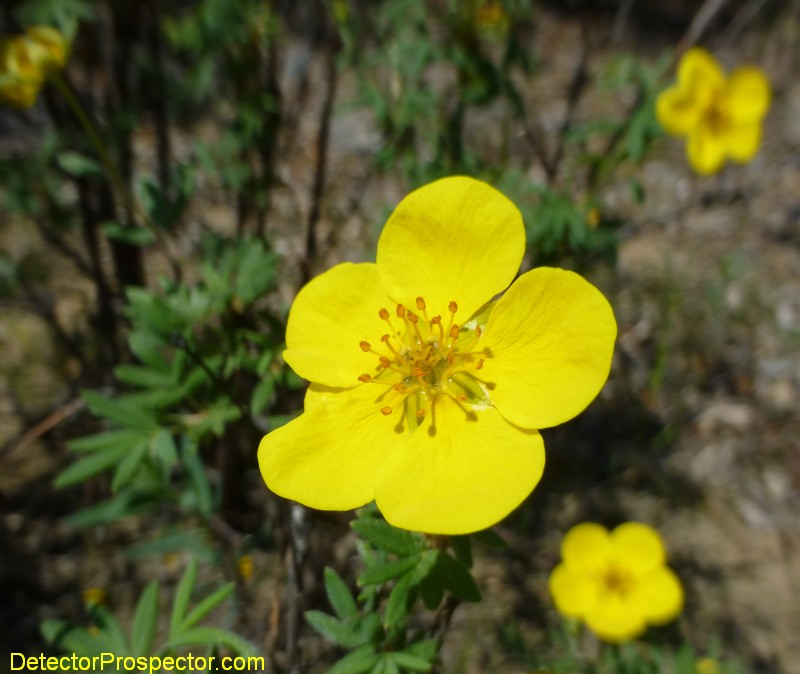
-
Hi JP,
Well, it all depends on weight. I have a CTX 3030 and at the time I posted that in 2012 I saw lots of people trying to make a GPX 5000 into a "normal" detector. You see detectors with external batteries and speakers strapped on; pretty common actually. The problem of course is that at 5.3 lbs to start with on the GPX by the time you add the battery, speaker and such it all adds up.
The CTX 3030 weighs 5.2 lbs and my vision was a GPX 5000 stuffed into a CTX housing and weighing just that. I think we can agree that would be pretty sweet. Already though looking at GPZ photos I am seeing a larger battery and larger coil so that's obviously not going to happen.
I have given Garrett a ton of grief over the ATX weighing too much and don't see why I would be any easier on Minelab if the GPZ is overly heavy. There is no reason at all that I can see why detectors designed from the ground up for prospectors can't weigh less. However, nobody seems to be doing that designing. The excuse used to be prospecting is a niche market, but can that really be true any more?
-
This ad image is being circulated widely on the internet. Through the magic of zoom, cut, and paste, here are some close up shots. More information on the Minelab GPZ 7000 here as available.
Close Up of Minelab GPZ 7000 Armrest and Battery
Close Up of Minelab GPZ 7000 LCD Display and Controls
Close Up of Minelab GPZ 7000 GPZ 14 Waterproof Coil
-
-
The new Tide will make my already whiter whites whiter. You can make statistics say whatever you want.
It will be fun to watch. It is all very predictable. Every PI that Minelab has ever released is met with extreme skepticism and complaints about the price. Rewind the clock to when the GPX 5000 was released. You can Google up tons of posts about how it really is no different than a GPX 4500 and not worth the extra money. Now if you wander around the forums it is now just a commonly accepted fact that the GPX 5000 represents the state of the art. It has been the same pattern with every model going back to the SD2100.
I admit I used to hold off but quite some time ago I learned that when a new Minelab came out I should just get it ASAP. I actually thought this machine was going to come out two years ago because Minelab introduces new machines every two - three years, so I sold my GPX 5000 in the fall of 2012. I figured the new model would come out that winter. Shows what I know, I had to buy another GPX 5000 in the spring of 2013!
Anyway, as soon as I got wind of this one I sold my GPX 5000 - again. My expectation is it will cost a lot and people will be skeptical and hold off. My plan is to have a GPZ 7000 in my hands for as many hours as I can this year. In fact my goal is to set a new personal record for hours spent detecting in a year in 2015.
My recommendation is that everyone just wait and not worry about it and I will get back to you about the 40% thing this fall. Or maybe next spring! I honestly am not going to worry about it myself as it is what I am committed to using and it is going to find what it is going to find. No doubt like every detector I have ever used something else may have found whatever it is also. I could just have kept swinging my GPX 5000 this summer and been just fine. The holes I am digging are deep enough, thank you very much! But I have never yet regretted upgrading to a newer model Minelab. Not once. I am betting I do not regret this upgrade either.
-
Well, I guess I got my wish. Here is a copy of my post from October 17, 2012 at http://forums.nuggethunting.com/index.php?/topic/9655-minelab-ctx-5000/
"I have a Minelab GPX 5000 and a Minelab CTX 3030. I am a firm believer at this point that the GPX 5000 has taken PI nugget detecting technology about as far as it can go, with only better ferrous discrimination the only thing to offer me. And I am not holding my breath for that. So where to go from here?
Pretty obvious I would say. Cram the GPX 5000 into the CTX 3030 package. I see no reason why it can't be done. The only limitation would likely be battery time per charge but if a CTX style battery could get me just a half day operation I am fine with changing batteries at lunch. A GPX 5000 is a single package with built-in speaker and GPS and waterproof to 10 feet would be killer. A new coil set mimicing the CTX set would be great as new waterproof coils would be a must. 8" mono, 11" (or 12") mono and 11" (or 12") DD and 18" mono would be all I would ever need. People are already using the GPX for beach and relic hunting and this would put it over the top. I would be using it for almost any detecting at all except where discrimination is a must, like turf hunting in a park."
-
-
Cat's out of the bag now - Miners Den has it on their website http://www.minersden.com.au/
-
I can only hope that they are made of a durable plastic that will allow prospectors to scrub their coils. Why do manufacturers deliver coils with covers made of sub-par materials? Nugget Finders coils are a prime example. I have an 11x17 that they charge $25+/- for a coil cover and I can easily scrub a hole in the cover in a couple weeks requiring repair with epoxy. What a P.O.S.! I wish Minelab offered a larger selection of coils that did not weigh a ton I would eschew Nugget Finder and Coiltek forevermore.



Merton
Hi Merton,
An original complaint I had with the FORS Gold was that the scuff covers were paper thin. I mentioned it, and through the magic of listening to customers they were almost immediately reformulated to be thicker and tougher. I will vouch for the new scuff covers - I doubt many people will have issues with them. These are the new covers I was sent.
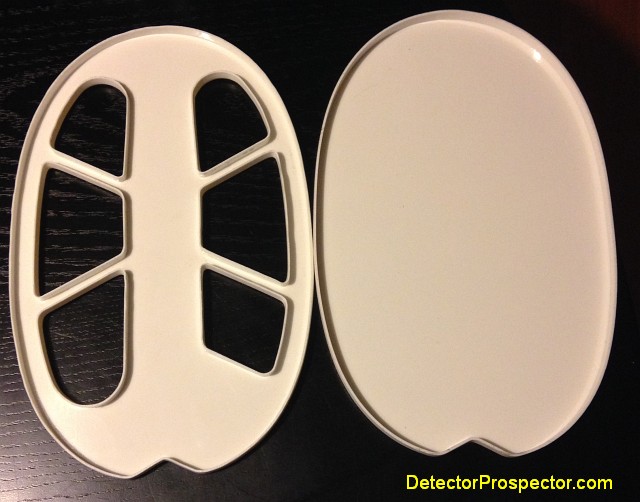


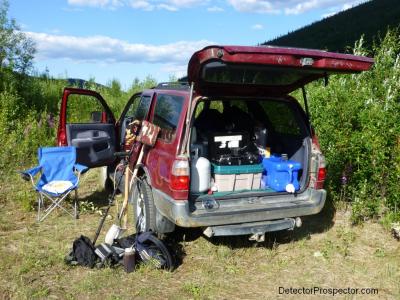
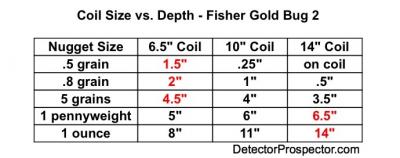
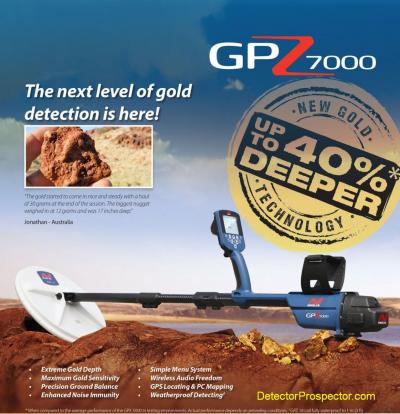
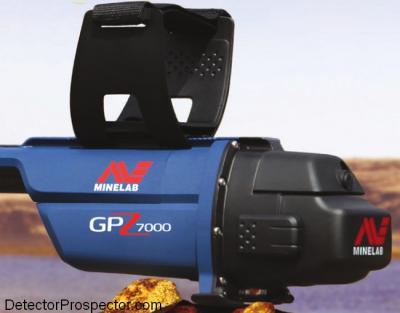
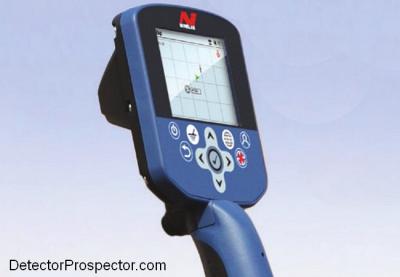
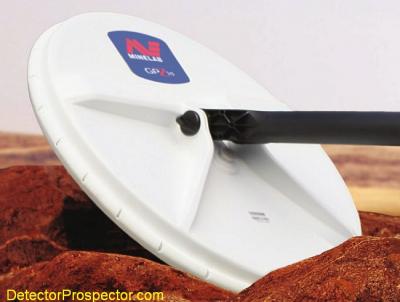
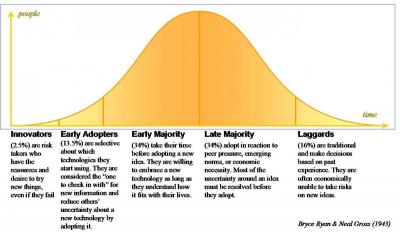
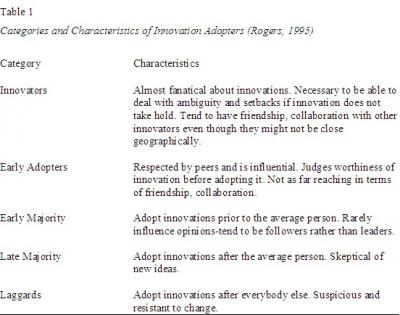
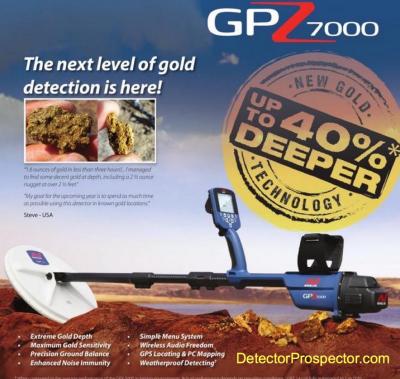
Steve's 2013 Alaska Gold Adventure
in Detector Prospector Forum
Posted
In theory I had no deadlines on this adventure. It could go on for as long as I wanted to have at it. So far it actually had been a near perfect trip. The weather overall was fabulous, and I already had more gold than I had been hoping for. The gold however got harder to find as the middle of July came and went. Two solid days of detecting July 14th and 15th put not a single nugget in my pocket. The 16th was headed the same way it seemed when I got on a pile in the middle of many that had been hunted, only to see no dig holes of any other signs of detecting. I went to work on it and was happy to finally have a quarter sized 6.87 pennyweight nugget pop out of the hill and not long after that, a 1.3 pennyweight piece.
6.87 Pennyweight of Jack Wade "Pale Gold"
Jack Wade is known for is solid, rounded, heavy gold. Yet I had already found one particularly ugly chunk of gold and rock weighing over two ounces. The big nugget or specimen also had a very pale gold and the rock in it was very dark. It almost looked like it had been in a fire, but after cleaning that was just the way it looked from the rock itself.
Now I had another nugget about one third ounce that looked to be from the same source. Dark rock, very pale gold. Actually it looks like it has two types of gold in it, some a bit purer than the other. I had a couple more nuggets with rock in them. Even the solid gold is different, some very, very rounded, and other nuggets relatively unworn. There does appear to be quite a few sources for the gold in Jack Wade Creek, some from ancient stream channel deposits, and some from more recent local sources. A knowledgeable prospector told me that the low purity "ugly gold" I had found was more common on and possibly had a source somewhere up Gilliland Creek, and upper tributary of Jack Wade Creek. Just before I sold the big ugly chunk I had the opportunity to have a quick assay done on it with an X-Ray Fluorescence (XRF) analyzer. The results are very interesting. The metal is almost half gold and half silver with a smattering of platinum group metals. This and the dark rock point to an unusual source of gold indeed.
What is weird about it though is all the other people that eventually ended up detecting and finding gold here over a period of years, was that I seemed to be the only one with this magical ability to find ugly gold! I have done it other places also so it is getting to be a specialty of mine.
X-Ray Fluorescence (XRF) Assay of 2.37 oz "Ugly Nugget"
Word came that I had another interested party for the house sale. That and rain in the forecast had me once again pack up and return to Anchorage for a few days .The good news is that while I was there we got the house under contract for what turned out to be the final time. Yay! I returned to Chicken and this time settled into a stay at Chicken Gold Camp which allowed me to stay in a bit better touch with things. These days you can sign most documents via the internet and I had internet access in Chicken.
The weather was nice again but the gold was hard coming. The 22nd and 23rd saw no finds, but then a new area turned up a nice 5.7 pennyweight nugget right at the water's edge on the creek and a little 1 gram nugget. The 25th was a rainy day so I went and scraped bedrock where George had hit his little bedrock pocket. I ended up panning about 30 little pieces of gold, which I put in a bottle and gave to Pat and Sandy, the hosts at Walker Fork Campground, as thanks for their hospitality.
While panning I kept getting little round rocks that looked like small quartz pebbles but were just a bit too heavy. They kept hanging up with the black sand, so I started collecting them. It was not until later when I checked the Jack Wade ARDF file that I figured out they were little pebbles of barite, which is common in Jack Wade concentrates. Barite (or baryte) is a heavy non-metallic mineral commonly used for drilling mud but it has a wide range of interesting uses. It is used for everything from a pigment in paint to that milkshake they make you drink at the hospital before taking X-rays of your guts. More information on barite here.
Barite Pebbles From Jack Wade Creek
The 26th I hit this huge pile on a corner that just looked fabulous but dug nothing but shell casings and bullet fragments along with the obligatory ferrous junk. My entries for the next couple days:
Sat 7/27 - Hunt big pile rest of way (no gold) then hit piles along road below corner crossing. Been digging hundreds of targets for five days now, and only two nuggets? Sunny but not too hot.
Sun 7/28 - Hunted piles down the creek. Did not realize how much ground there was there. Three big piles. Looked great, hunted six hours in hot sun sidehilling, for trash. Starting to get burned out, then get 1.5 dwt nugget. Even then interest flagging. B&C still dredging and sniping.
Finding Lots Of This - Not Much Gold!
No doubt about it. Still a great trip, but I was getting burned out and homesick and feeling like it was time to wrap this expedition up. Next up, the final chapter of the story - and a surprise!